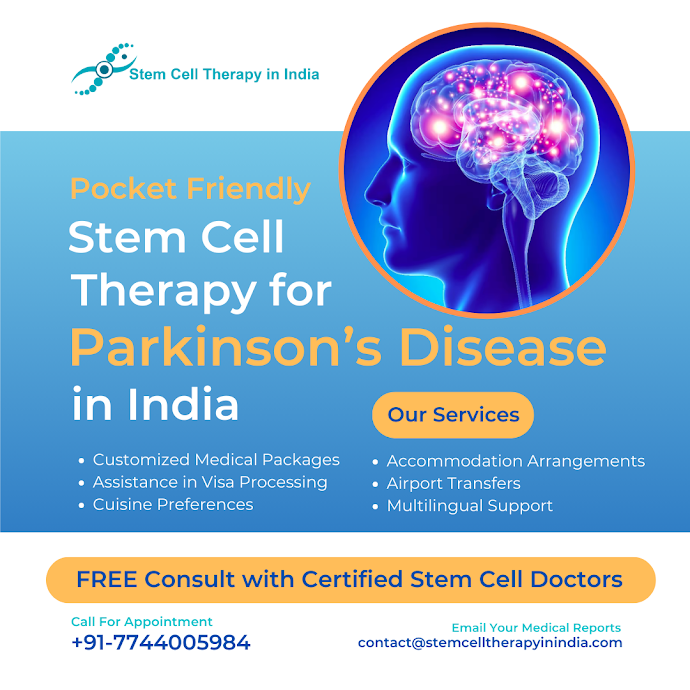Kidney disease is a progressive condition that affects millions worldwide, often going unnoticed until it reaches an advanced stage. When someone is diagnosed with Stage 3 kidney disease, it's a wake-up call. This stage indicates that the kidneys are moderately damaged, and without intervention, the disease could progress to a point where dialysis or a transplant becomes necessary. But is there hope for reversing this condition with advanced medical treatments like stem cell therapy?
Understanding Stage 3 Kidney Disease
Stage 3 kidney disease is classified when the kidneys are functioning at about 30-59% of their normal capacity. This stage is often divided into two subcategories: Stage 3a (45-59% kidney function) and Stage 3b (30-44% kidney function). Symptoms might be subtle, including fatigue, swelling in the extremities, and changes in urination. However, the damage at this stage is significant enough to require medical attention.
The primary causes of Stage 3 kidney disease include high blood pressure, diabetes, and chronic kidney infections. As the disease progresses, it can lead to more severe complications like anemia, bone disease, and cardiovascular issues. Managing these complications is crucial to maintaining the quality of life and slowing the disease's progression.
Current Treatments for Stage 3 Kidney Disease
The conventional approach to treating Stage 3 kidney disease focuses on controlling symptoms and slowing the progression of the disease. This often involves managing blood pressure and blood sugar levels through medication, adopting a kidney-friendly diet, and making lifestyle changes like increasing physical activity and quitting smoking.
While these treatments can be effective in managing the condition, they do not reverse the damage already done to the kidneys. The goal is to prevent further decline and maintain kidney function for as long as possible. However, the limitations of these treatments leave many patients and doctors searching for more effective solutions.
Stem Cell Therapy: A New Frontier
Stem Cell Therapy for Kidney involves using these unique cells to treat or prevent a disease or condition. In the context of kidney disease, stem cell therapy aims to repair damaged kidney tissues, potentially restoring kidney function.
There are several types of stem cell therapies being explored, For example, autologous stem cell therapy uses a patient’s own stem cells, while allogeneic stem cell therapy involves using donor stem cells.
Can Stage 3 Kidney Disease Be Reversed?
The stem cell treatment in nephrology is promising, but it’s still shrouded in uncertainty. As research progresses, we may see more reliable and widely available treatments emerge. For now, while there is hope that stem cell therapy could reverse Stage 3 kidney disease, this remains a goal rather than a current reality. Patients with Stage 3 kidney disease should stay informed about new developments and consider all available treatment options.
Conclusion
In conclusion, while stem cell therapy holds exciting potential for reversing Stage 3 kidney disease and stem cell therapy offer a way to repair damaged kidneys and restore function.
Reference:
Unveiling the Complexities of Kidney Failure and Exploring Cutting-Edge Stem Cell Treatments










